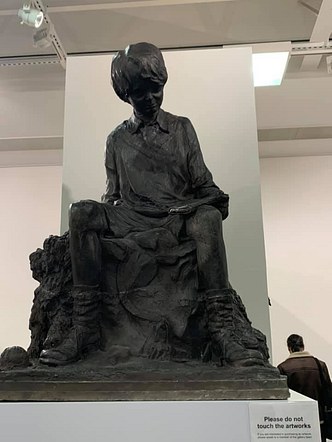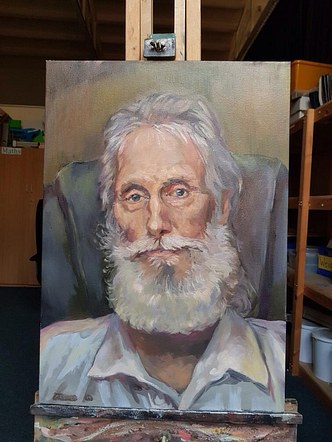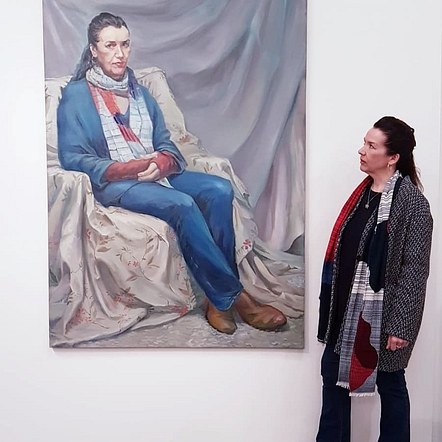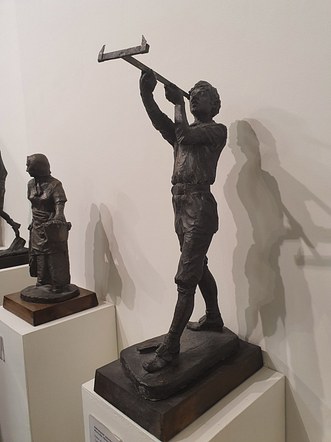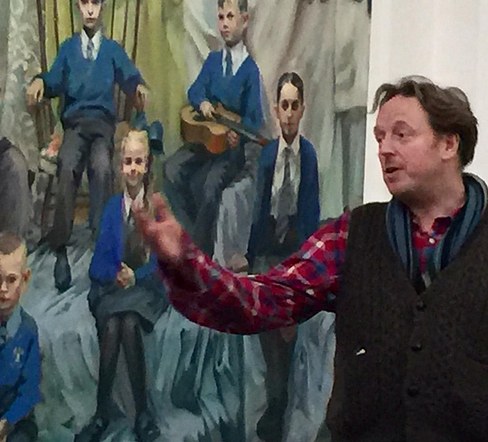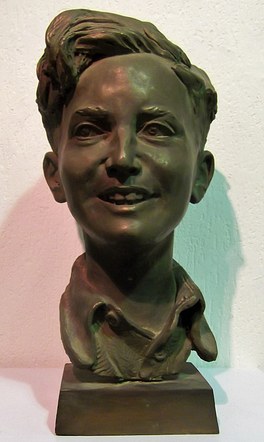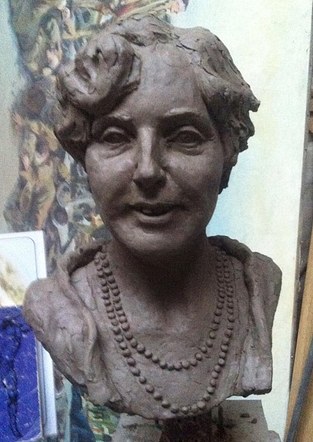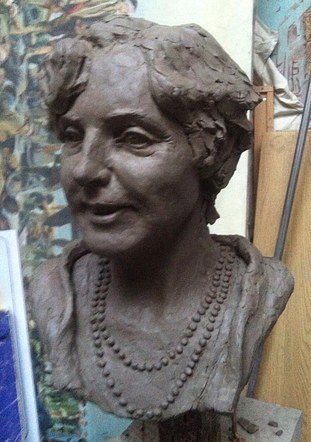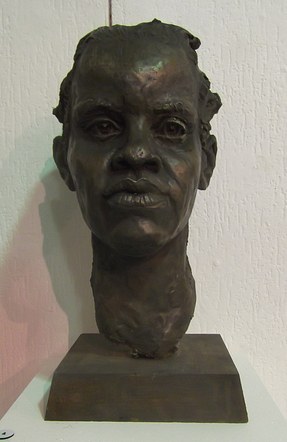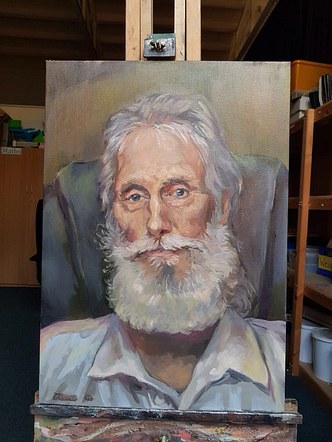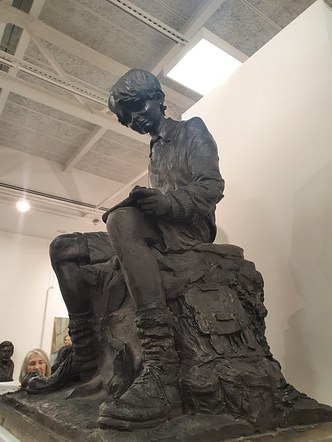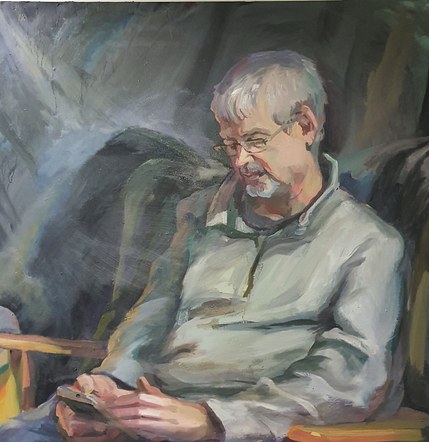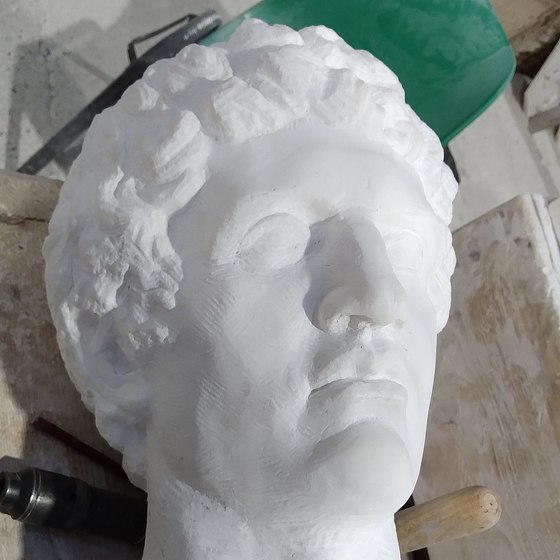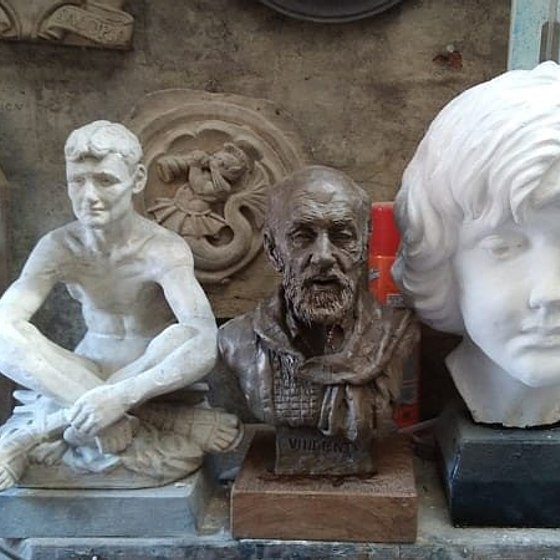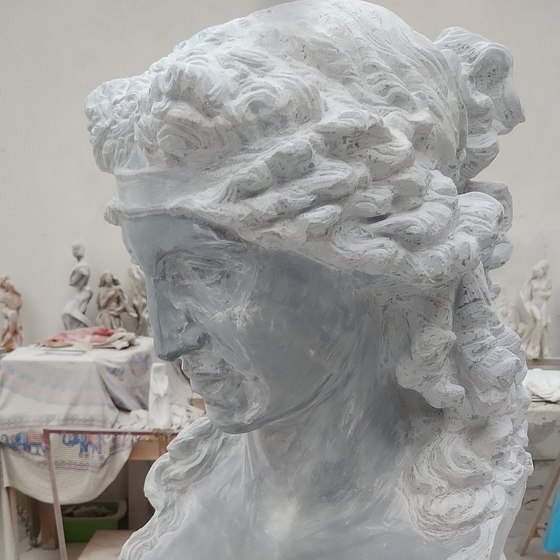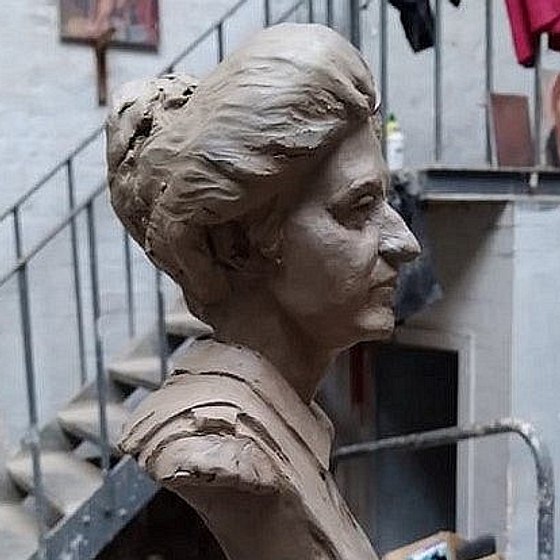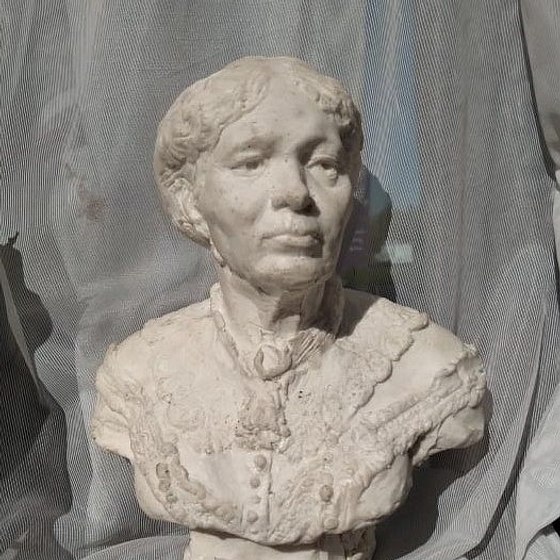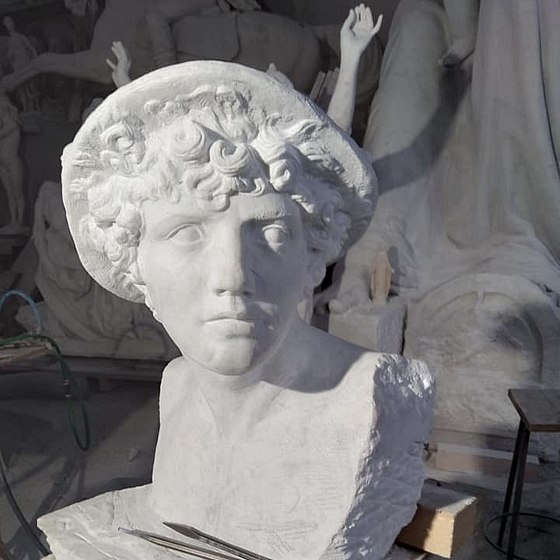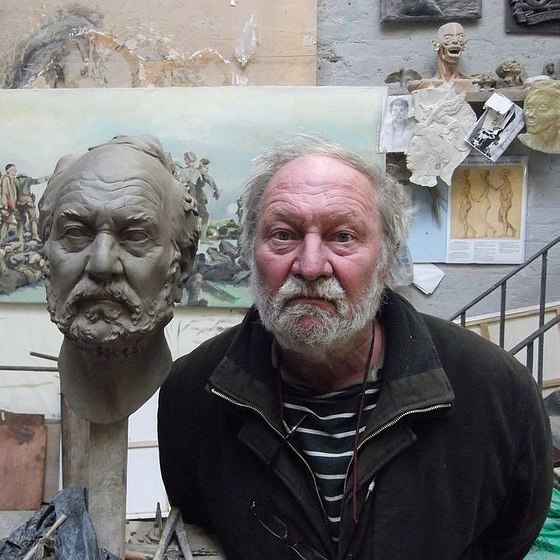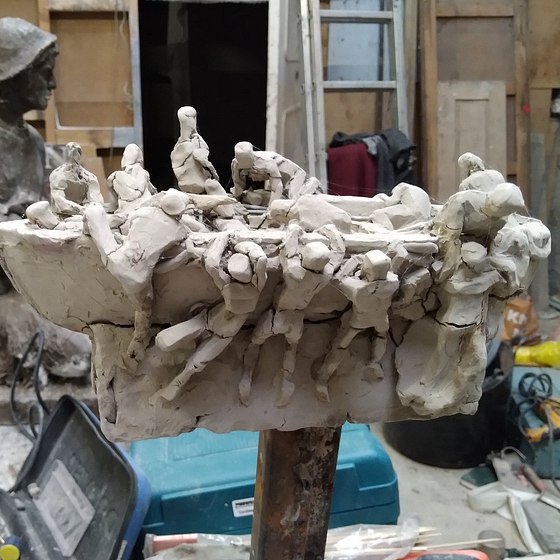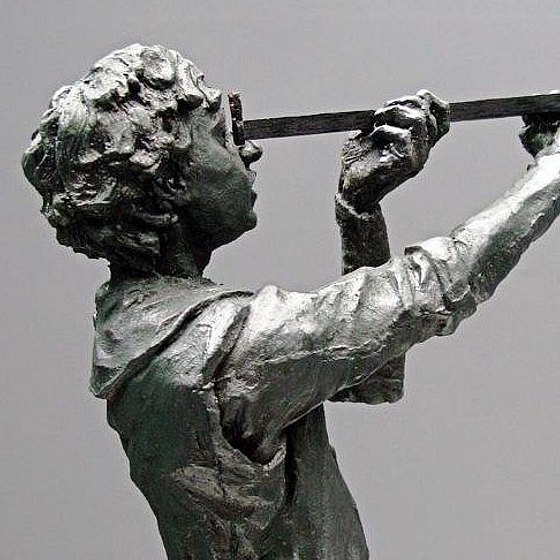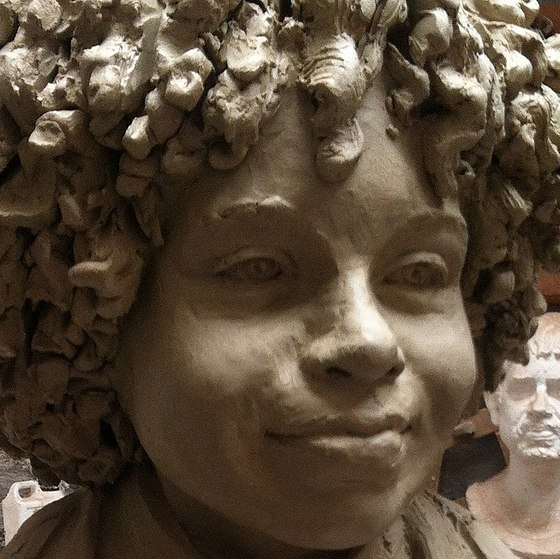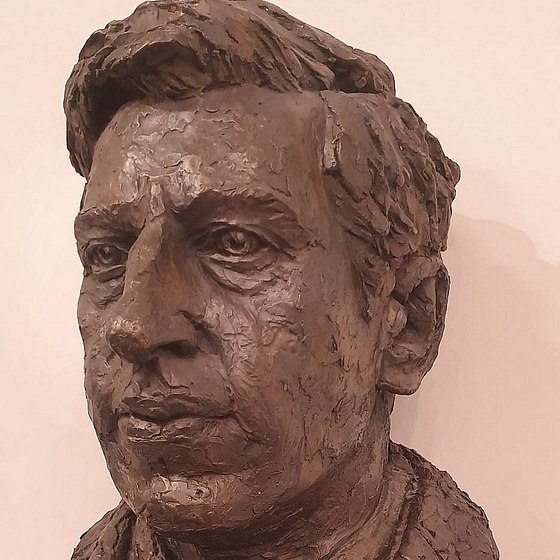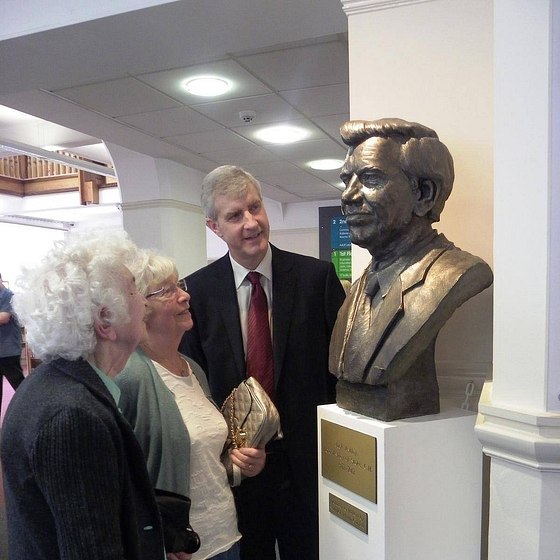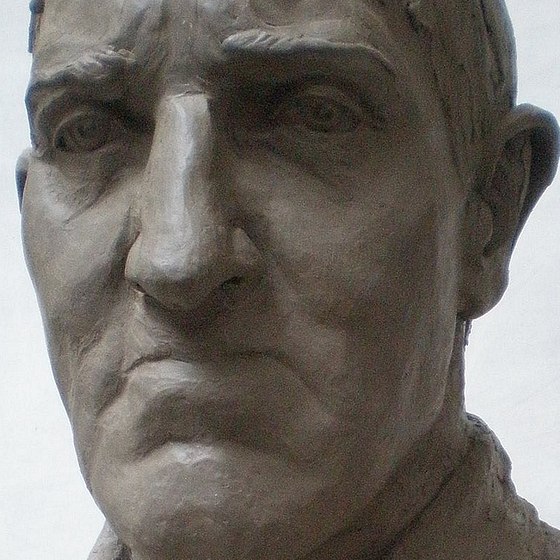“From Kirkby with Love,” exhibition of work by Liverpool based Artist and Sculptor, Philip Garrett.
Over the past few months he has produced portraits of local people and places, which he has explored through drawing, painting and sculpture.
His choice of subjects has been informed not only by suggestions from the public but also by his own interest in local figures from history who merited being commemorated and celebrated in sculpture.
Philip uses traditional techniques in his work, aiming to reclaim them as an expressive medium for today’s creative concerns and social struggles. Working directly from life and observation it is a body of work that uses portraiture and landscape to tell our community’s stories.
As part of his journey and research across the Borough he has worked with fourteen schools. Some of the pupils and teachers feature in the paintings here but the main aim has been to teach drawing and sculpture to our next generation of artists. A selection of the pupils’ work features in this show, giving them the opportunity to exhibit alongside a professional artist for the first time. Their work also adds another dimension to the display.
The exhibition and project name came from the artist’s interest in the role of Municipal Galleries, especially those in areas of economic challenges and declining industries.
Unique to this show, Philip has fostered new creative twinnings between Knowsley and other regional art venues, producing commissioned work to remember local figures that have a strong, positive impact on their local community. From this generous creative gesture, celebrating local communities and fostering new partnerships, it serves to demonstrate how our exhibitions and actions come from ‘Kirkby With Love’.


